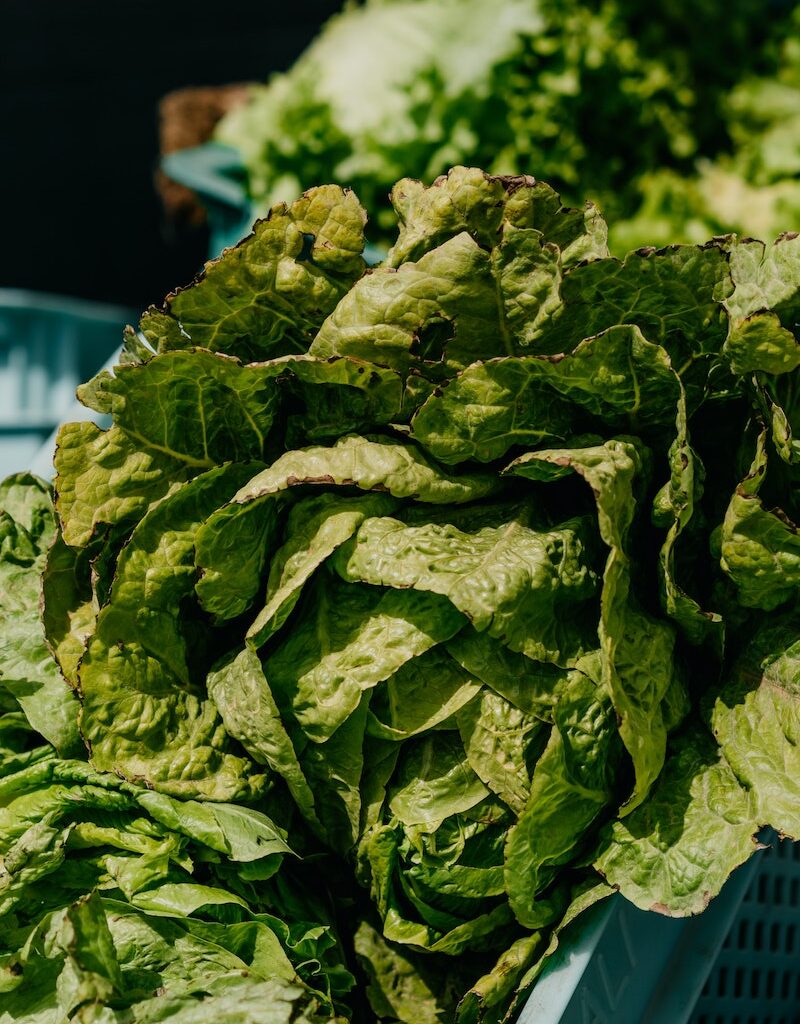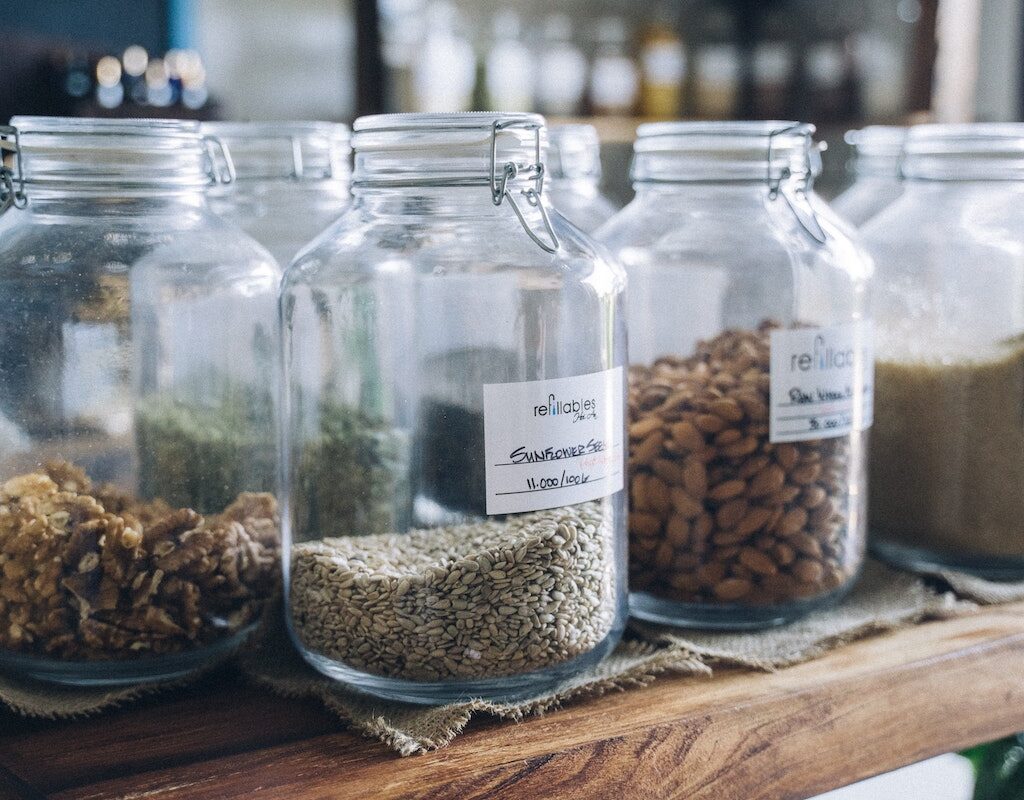As a new mother, you may be worried that you’re not producing enough breastmilk. But don’t worry – if your baby is healthy and growing as expected, then it’s likely that your milk supply is just fine. A healthy diet is best for you and your baby when breastfeeding. Some foods such as fenugreek, fennel and garlic are popularly believed to boost breastmilk production (galactagogues), but it’s best to get the go-ahead from your doctor before including any herbal remedies.
If you’re interested in trying herbal remedies to increase your breastmilk production, here are a few that are popular among breastfeeding mothers. A well-nourished diet is important for a mother who is breastfeeding. Breastmilk production requires an adequate supply of calories, as well as specific nutrients like protein, fat, and carbohydrates.


- Fenugreek: Fenugreek is a herb that has been used for centuries to boost milk production. You can take it in capsule form or as tea.
- Fennel: Fennel is another herb that has been used to increase milk production. It can be taken as a tea or in capsule form.
- Garlic: Garlic is thought to increase milk production, but it’s best to take it in moderation. You can add garlic to your food or take it in capsule form.
- Green leafy vegetables: They are an excellent source of vitamins and minerals, including folic acid, calcium, and iron. They are also a good source of fibre, which can help to increase breast milk production.
- Cumin seeds are another effective lactogenic food. They contain phytochemicals that can stimulate milk production and help to improve the quality of breast milk. In addition, cumin seeds can help to increase the amount of fat in breast milk, making it more nutritious for babies. When combined with green leafy vegetables, cumin seeds can be an extremely effective way to boost breastmilk production.
- Sesame seeds contain sesamin, a phytoestrogen that helps to stimulate milk production.
- Holy basil is an adaptogenic herb that helps the body to better deal with stress, which can lead to increased milk production.
- Dill seeds contain anethole, a compound that has been shown to increase milk production.
- Gourd vegetables such as squash and pumpkin are also high in phytoestrogens, making them effective in increasing breastmilk production. All of these ingredients can be found in many natural food stores.
- Some foods have been traditionally used to increase breastmilk production, including pulses or lentils (dals), nuts and dried fruits (meva), and oats and porridge (daliya). While there is some scientific evidence to support the use of these foods, it is important to note that each mother’s body is unique and responds differently to different foods.
As such, it is always best to consult with a healthcare professional before making any changes to your diet. Additionally, it is important to keep in mind that increasing breastmilk production is not the only goal of breastfeeding – ensuring that your baby is getting enough milk is also crucial. Therefore, if you are concerned that your baby is not getting enough milk, it is important to seek professional help.
How will I know if my baby is getting enough breastmilk?
There are a few key signs that you can look for to ensure that your baby is getting enough milk. For example,

- You should expect your baby to have around six to eight wet diapers each day.
- You should also see some regular diaper changes, as well as frequent bowel movements.
- In addition, your baby should be gaining weight at a steady pace.
- Your breasts feel emptier and softer after feeds.
- Your baby comes off your breast spontaneously when he’s finished.
If you notice any of these signs, it is likely that your baby is getting enough milk. However, if you are concerned about your baby’s feeding habits, it is always best to consult with a doctor or lactation consultant.
Can breast massage help with milk production?
For many new mothers, breastfeeding can be a challenging and frustrating experience. Low milk production is a common problem, and it can often lead to feelings of anxiety and self-doubt. While there is no magic solution for increasing milk production, some experts believe that breast massage may offer a gentle and effective way to encourage the body to produce more milk.

The theory is that by stimulating the breast tissue, massage can help to increase blood flow and release hormones that promote milk production. And while there is no scientific evidence to support this claim, many mothers who have tried breast massage report feeling more confident and successful in their breastfeeding journey. So, whether you are struggling with low milk production or simply looking for ways to bond with your baby, breast massage may be worth a try.
Remember to talk to your doctor before taking any herbal remedies, and if you’re still concerned about your milk supply, please reach out to a lactation consultant or your baby’s doctor. Thank you for reading! We hope this was helpful. Please feel free to leave any questions or comments below. 🙂

